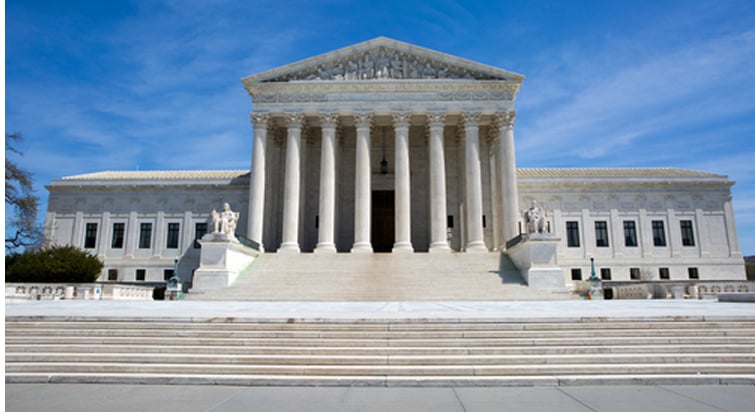Supreme Court rules Ohio's voter purge didn't violate federal law

Shutterstock.com.
The U.S. Supreme Court has upheld Ohio’s procedure for purging inactive voters.
The court ruled 5-4 that Ohio's procedure comports with federal voting law. Justice Samuel A. Alito Jr. wrote the majority opinion. The court's four liberal justices dissented.
The U.S. Justice Department had switched its position in the case to support Ohio. The case is Husted v. Phillip Randolph Institute.
Under the process, Ohio voters who haven’t cast a ballot in two years get a notice from the state asking them to verify they are eligible to vote. Those who don’t respond and then don’t vote in the next four years are kicked off the rolls.
A federal appeals court had ruled Ohio’s procedure violated the National Voter Registration Act, enacted in 1993, because it used failure to vote as a trigger for notices. Critics had said the process is the harshest in the nation because of how quickly voters are removed from the rolls.
But Alito said Ohio “takes an intermediate approach.” Thirty-six states send cards seeking confirmation of voting eligibility to people who have submitted change of address information to the U.S. Postal Service. Others send the cards to registered voters at regular intervals. States taking an intermediate approach send cards to people who have turned in driver’s licenses or who haven’t voted for some time period.
Alito read the National Voter Registration Act in conjunction with the Help America Vote Act. He acknowledged the law bars states from purging voters only because they failed to return the card. He also acknowledged the law bars removal of voters solely for failing to vote. But Ohio uses a permissible combination procedure, Alito said.
“As expressly permitted by federal law,” Alito said, Ohio “removes registrants only when they have failed to vote and have failed to respond to a change-of-residence notice.”
Alito said the purpose of the National Voter Registration Act was to increase voter registration and remove ineligible people from the rolls. He cited estimates that 24 million voter registrations in the United States—about one in eight—are either invalid or significantly inaccurate.
Justices Stephen G. Breyer and Sonia Sotomayor dissented. Breyer’s dissent was also joined by Sotomayor, along with Justices Ruth Bader Ginsburg and Elena Kagan.
Breyer said Ohio was required to use a reasonable method to identify people who have likely moved before sending out notices. Failing to vote is not allowed as the trigger for notices, he argued.
Sotomayor’s separate dissent differed with Alito on the purpose of the National Voter Registration Act. She said its intent was to increase voter registration and enhance voter participation.
Related article:
ABA Journal: “Supreme Court considers whether Ohio’s cleanup of voter registration rolls goes too far”



